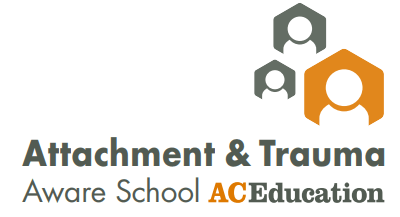
Artificial Intelligence (AI) is not something new; we have been using AI for many years, often without realising. It started with pattern recognition, such as predictive text or algorithms showing us content we might be interested on Instagram. ‘Generative AI’ is what we have seen a recent rise in use of, with platforms such as ChatGPT becoming hugely popular. This form of AI creates content based on a set of instructions from the user. Generative AI can be extremely useful for adults. It performs tasks in a fraction of the time taken by humans and often to a higher standard. Whilst Generative AI has many strengths, it is important to note that it is not perfect and requires oversight by the person involved. So what are the risks for children? In fact, children shouldn’t be using Generative AI at all. There are a number of reasons why Generative AI is not child friendly. For example, because it generates responses based on the data it has been trained on, it can strengthen and reinforce certain biases. As well as this, relying too much on AI tools can mean that children do not develop basic skills. Generative AI also has to the potential to expose children to inappropriate language and content depending on what they input. So what can we do as adults? Talking openly about Generative AI and the potential issues for children can ensure they understand why they should not be using it as children. As well as this, we can ensure that we equip children with the tools needed to use AI in the future.



